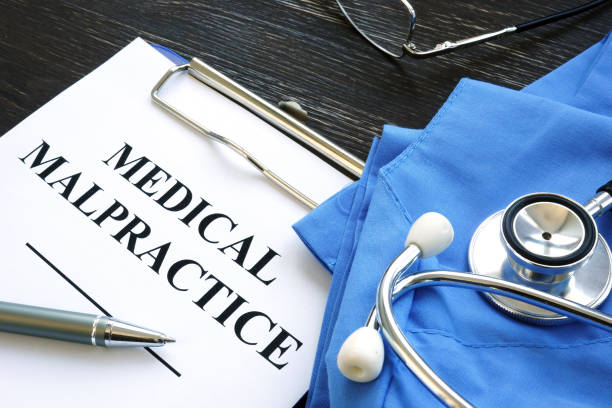
Medical malpractice is a serious issue that can have devastating consequences for patients. In order to understand medical malpractice, it is important to understand the four elements of a claim. These elements are duty, breach of duty, causation, and damages. This post will discuss each element in detail and provide examples of how they can be applied in real-life situations. Knowing the four elements of medical malpractice is essential for anyone who wants to file a claim or better understand a potential case.
Medical malpractice occurs when a healthcare professional, such as a doctor or nurse, fails to provide adequate medical care and causes injury or death to a patient. In some cases, medical malpractice can be hard to prove, as it can be difficult to know what standard of care should have been met. However, if it can be shown that the healthcare professional deviated from the standard of care and that this deviation resulted in harm to the patient, then medical malpractice may have occurred. If you believe that you or a loved one has been a victim of medical malpractice, it is important to speak with an experienced healthcare fraud lawyer who can help you understand your legal rights and options.
Duty: The duty of care owed to patients
When you visit a medical professional, you are putting your trust in their expertise and experience. You expect that they will provide you with the highest standard of care possible. This is known as the duty of care. Medical professionals have a legal and ethical duty to provide their patients with competent medical care. This means that they must be knowledgeable about the latest developments in their field, and they must use reasonable care when diagnosing and treating patients.
If a medical professional fails to meet this standard of care, they may be held liable for medical malpractice. In cases of medical malpractice, patients may be able to recover damages for their injuries. If you believe that you or a loved one has been a victim of medical malpractice, it is important to speak to an experienced attorney as soon as possible.
Dereliction: Or breach of this duty of care
Dereliction, also known as breach of this duty of care, is the failure to take reasonable care of something or someone that has been entrusted to you. This can range from neglecting to properly maintain a piece of equipment to failing to provide adequate supervision of a child.
Dereliction is often seen as a form of negligence, and it can result in damages or injuries. In some cases, it may even be considered a criminal act. If you have been accused of dereliction, it is important to consult with an experienced attorney who can evaluate your case and help you mount a defense.
Direct cause: Establishing that the breach caused injury to a patient
In order to prove that a breach of the standard of care caused an injury, it must first be shown that there was a direct causal relationship between the two. In other words, it must be demonstrated that the breach was the specific reason why the patient was harmed. This can be done through expert testimony, which can help to establish what the proper course of treatment would have been in a similar situation.
Once it has been shown that the injury would not have occurred if not for the breach, it will then be necessary to prove that the harm caused was significant enough to warrant compensation. This can often be difficult to do, as many injuries may involve subjective symptoms that are hard to quantify. However, with the help of experienced medical professionals, it is often possible to establish both the direct cause and the extent of the injury caused by a breach of the standard of care.
Damages: The economic and non-economic losses suffered by the patient as a result of their injury or illness
Damages are the losses suffered by a person as a result of an injury or illness. They may be economic, such as medical expenses and lost wages, or non-economic, such as pain and suffering. In some cases, damages may also include punitive damages, which are designed to punish the person responsible for the injury or illness.
When determining damages, courts will consider the nature of the injury or illness, the impact it has had on the victim’s life and the amount of money that would reasonably compensate the victim for their losses. In some cases, damages may be reduced if the victim is found to be partially at fault for their own injury or illness.








